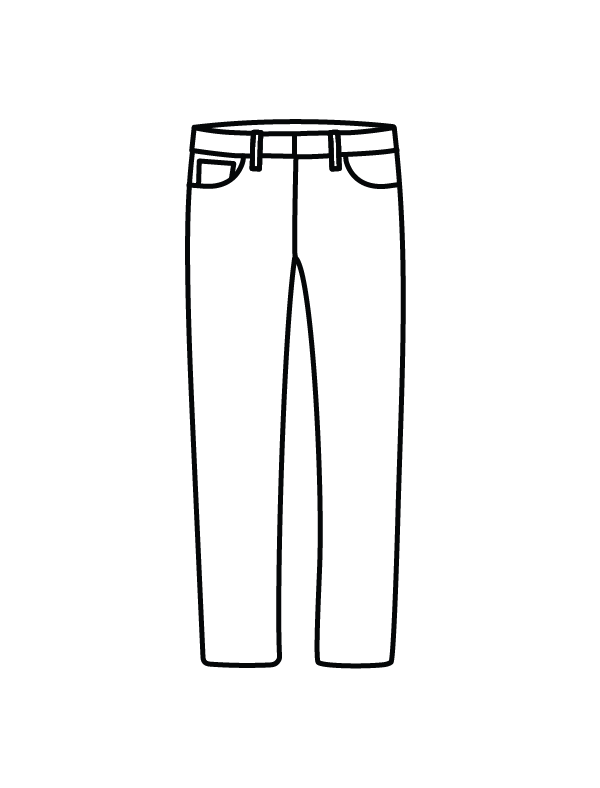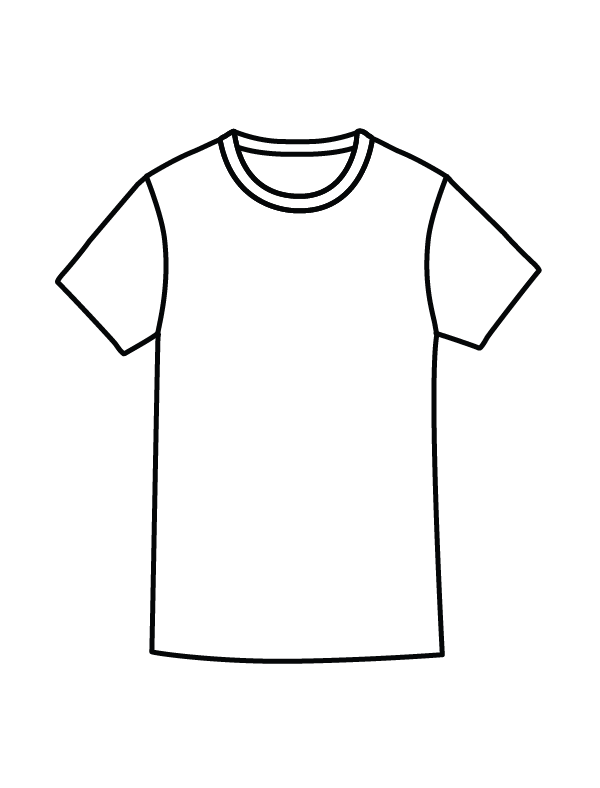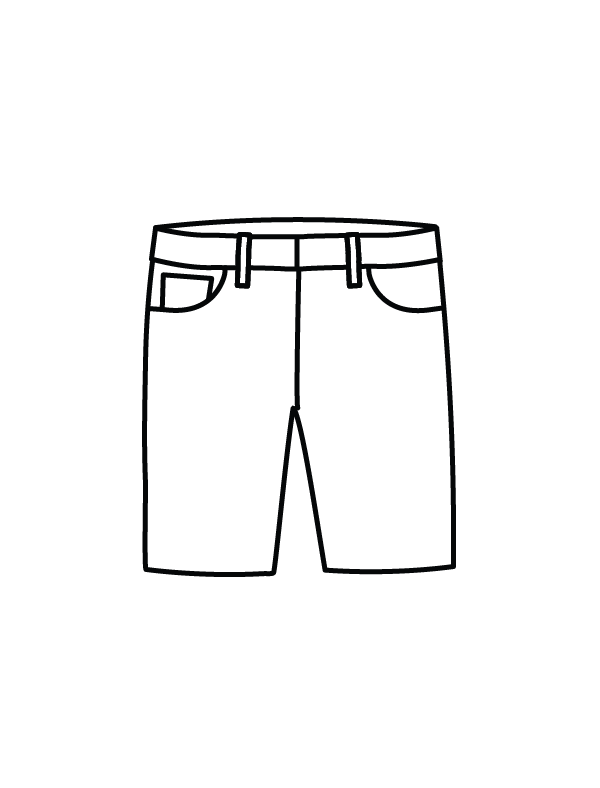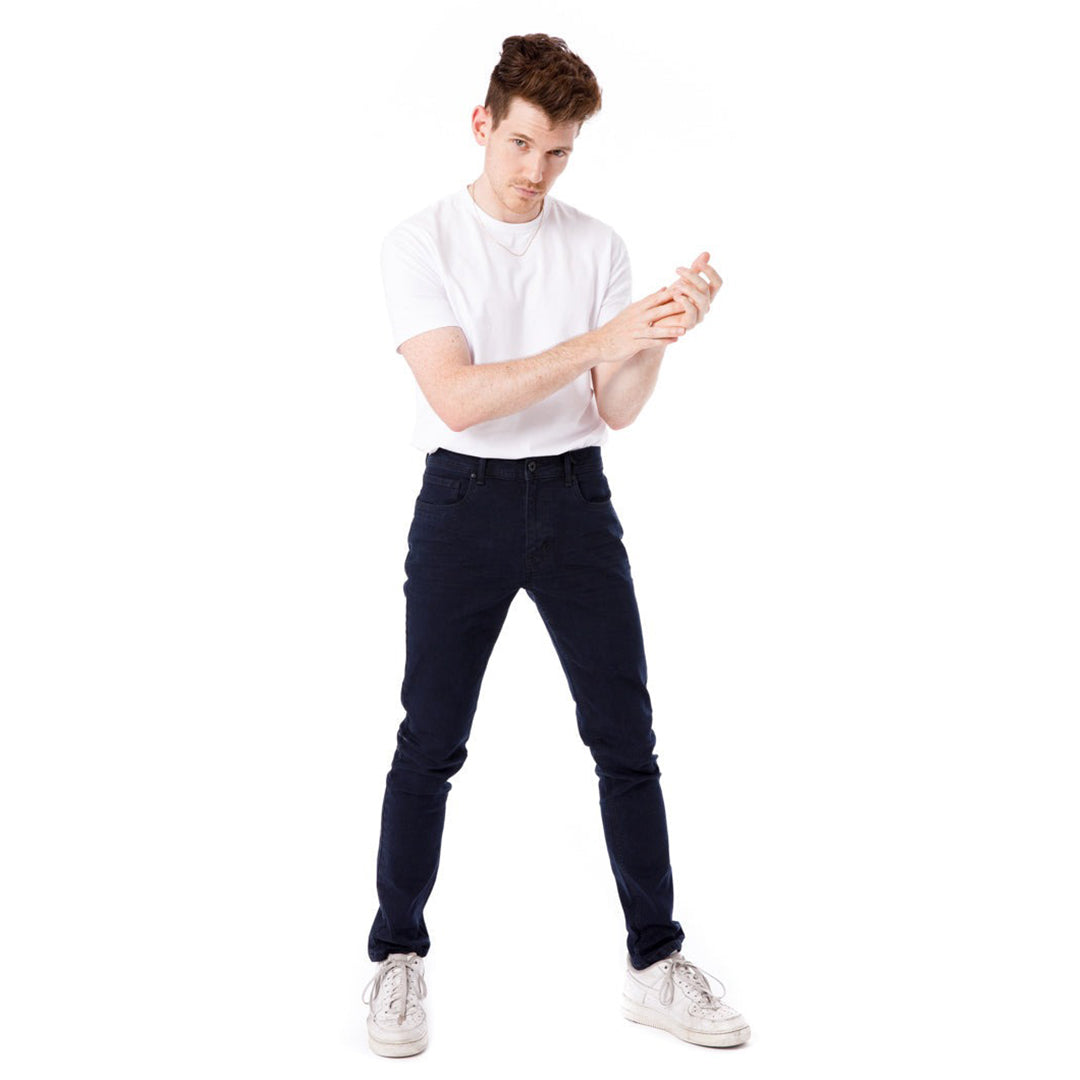From its humble beginnings as a durable working pant for gold miners and railroad workers, through its rebellious teenage years in the 1950s and '60s, to its glam days in the 1980s and '90s, blue jeans for men have stood as a testament to the American spirit.
So join us as we go on a whirlwind tour of the origins behind the mighty denim jean – and its historical significance on American culture. (Careful, you just might learn a thing or two.)
A Working Man's Trouser
Of course, you're familiar with the most common name associated with blue jeans for men: Levi Strauss. However, the famous trousers were actually the creation of Jacob Davis, a tailor who was tasked with creating a durable pant for miners.
Strauss had followed the Gold Rush to California to serve the booming population with dry goods – and was there when Davis, who couldn't afford to patent the pants he created, was looking for a backer. Partnering with Strauss to create the famous jean company after receiving their patent in 1873, Davis set to work, crafting his new style of pants in two fabrics: brown duck cloth and denim. However, over time it was denim that endured, proving to be the softer, more durable, and more popular choice.
Rebel Wear of the 1950s
Blue jeans remained a working man's pant until they were featured in serial westerns and popularized by Hollywood stars James Dean & Marlon Brando, who truly lit up the silver screen. Portraying rebellious outsiders and misunderstood teens, these culture icons were seen sporting what would become a fashion staple: a white tee and a pair of dark blue cuffed jeans.
The trend became so popular that certain universities banned the garment(s) from being worn, ironically making jeans even more popular as an anti-establishment statement in the 1960s.
A Counterculture Staple
Since the 1960s, jeans have experienced a remarkable evolution, transforming from a symbol of counterculture rebellion to a universally embraced fashion staple. In the '60s and '70s, denim jeans became synonymous with the anti-establishment movement and the rise of youth culture. From flared bell-bottoms and patched denim to high-waisted styles, this era witnessed a wide range of denim trends that reflected the free and youthful spirit of the times.
Pop Culture Sensation
The '80s and '90s marked a period of commercialization and mass appeal for jeans. Acid-washed and stonewashed jeans gained immense popularity, while designer denim brands emerged, offering a more luxurious and aspirational take on the classic fabric. As fashion became more influenced by pop culture, jeans started to become associated with celebrity icons, with supermodels and rock stars often seen donning denim in music videos and on red carpets.
Since Then
In recent years, focus has shifted towards comfort and versatility, leading to the rise of popular styles like men’s skinny fit jeans. With the growing demand for activewear-inspired fashion as well, denim brands have introduced styles that provide a blend of stretch, flexibility, and a streamlined silhouette.
The Perfect Jean
Jeans have a tried-and-true history and have been an integral part of many cultural movements. Whether it’s our Cowboy Bootcut, Skinny Fit, or Slim Fit dark wash jeans, you can rest assured you (and your nuts) will be cool and comfortable in every Perfect pair.
Honestly, you might need a reason not to wear 'em.






